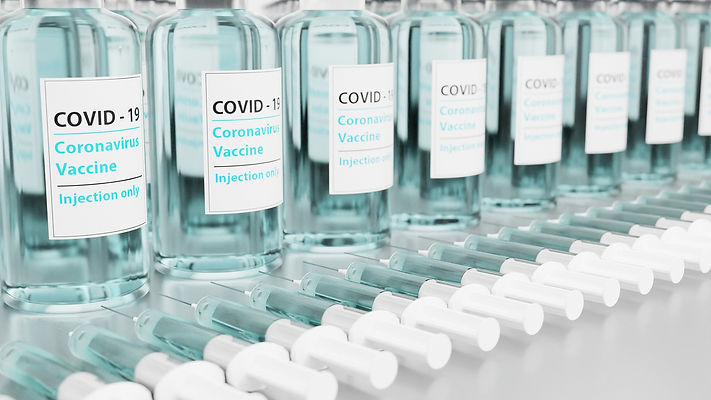
Vaccine Temperature Monitoring System
Protect your cold chain and never miss an excursion again.

When it comes to vaccines, proper storage and handling is critical. For a vaccine to maintain its potency, its cold chain must remain unbroken from manufacturing to administration. Exposure to temperatures outside of proper ranges can cause damage that varies in severity from accelerated degradation to instantaneous deactivation. The effects of thermal degradation are not readily visible, which is why a robust temperature monitoring system is crucial
Automate Temperature Logging and Maintain Vaccine Compliance
Most vaccines must be kept between 2 and 8°C during shipping and storage. Higher temperature can cause accelerated degradation, leading to loss of potency. Freezing can quickly and irreversibly damage certain ingredients. For example, aluminum-containing adjuvants coagulate and become inactive during freezing.
Freezing also has the potential to damage the containers the vaccines are packaged in. Some vaccines are mixed with a diluent before administering. In general, these diluents are stored with refrigerated vaccines, and should not be frozen.
Some vaccines do require storage below freezing temperatures, which is defined by the CDC as -15 to -50°C. The CDC therefore classifies vaccines into two categories, based on whether they must be stored “refrigerated” (2 to 8°C) or “frozen” (-15 to -50°C).
While these temperature ranges used for storage are straightforward, the effect of temperature “excursions” (periods of time in which the temperature is outside the manufacturer’s recommended range) on vaccine potency varies between vaccines. Manufacturers provide detailed information on this topic in package inserts, which are available through the FDA for vaccines licensed in the US.
Note that the temperature stability of a vaccine might also change when it is opened or reconstituted in the case of freeze-dried (lyophilized) vaccines; again, information on this for specific vaccines will also be provided by the manufacturer.
Temperature

Monnit offers a Wireless Temperature Sensor measuring conditions between -40°C and +125°C. Our Low Temperature Sensors are ideal for remotely monitoring ultralow temperatures in freezers (-80°C/-112°F and below) for Covid-19 vaccines and other vital pharmaceuticals. Modify settings and manage accurate time-stamped data readings from any mobile device.
Power Detection
Monnit Voltage Detectors read the flow of electricity to evaluate if power is provided through a direct current (DC). The device can be modified to alert on voltage presence or absence right from your phone or computer. If your equipment is at risk of shutting down unexpectedly, Monnit has the device right for you.
Door Open/Closed

A Wireless Open/Closed sensor can be installed in virtually any door frame or fridge to report on the status of whether it is open or closed. As with all Monnit sensors, readings are automatically logged for your review to audit access to even the most restricted areas of your workplace.
Portable Recorder

